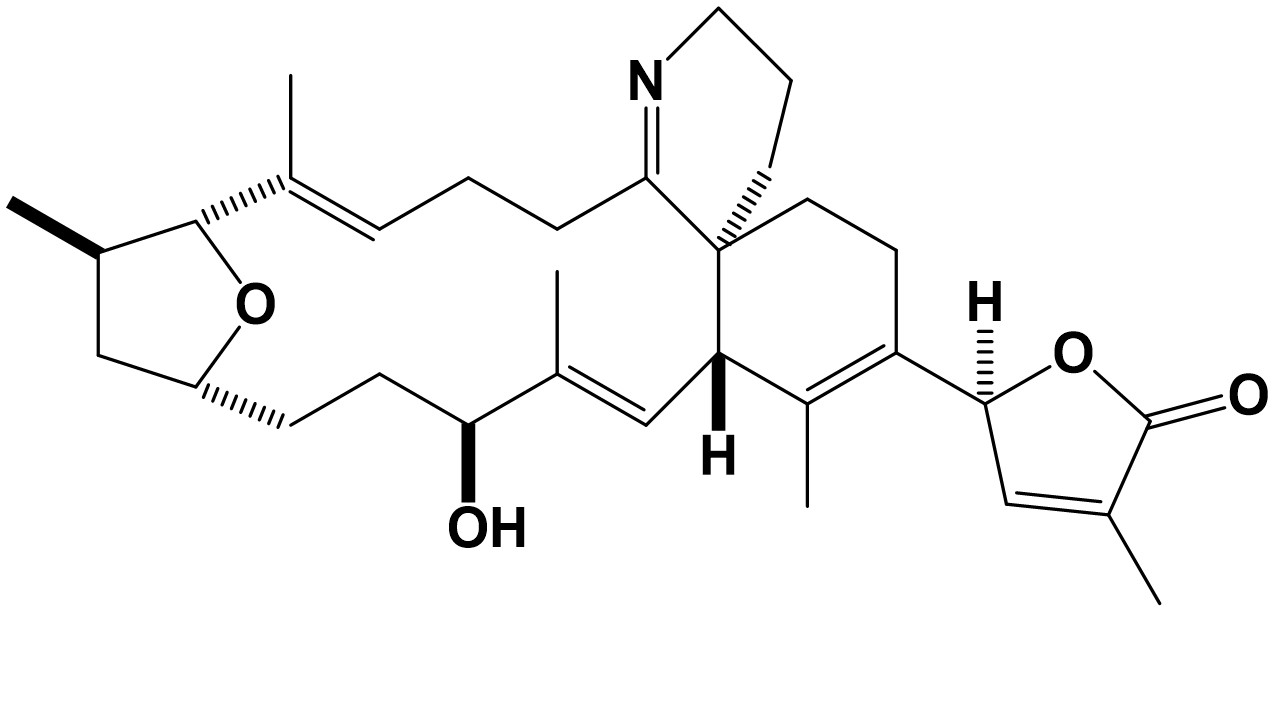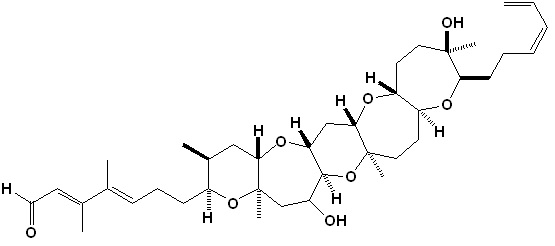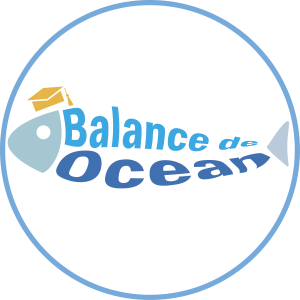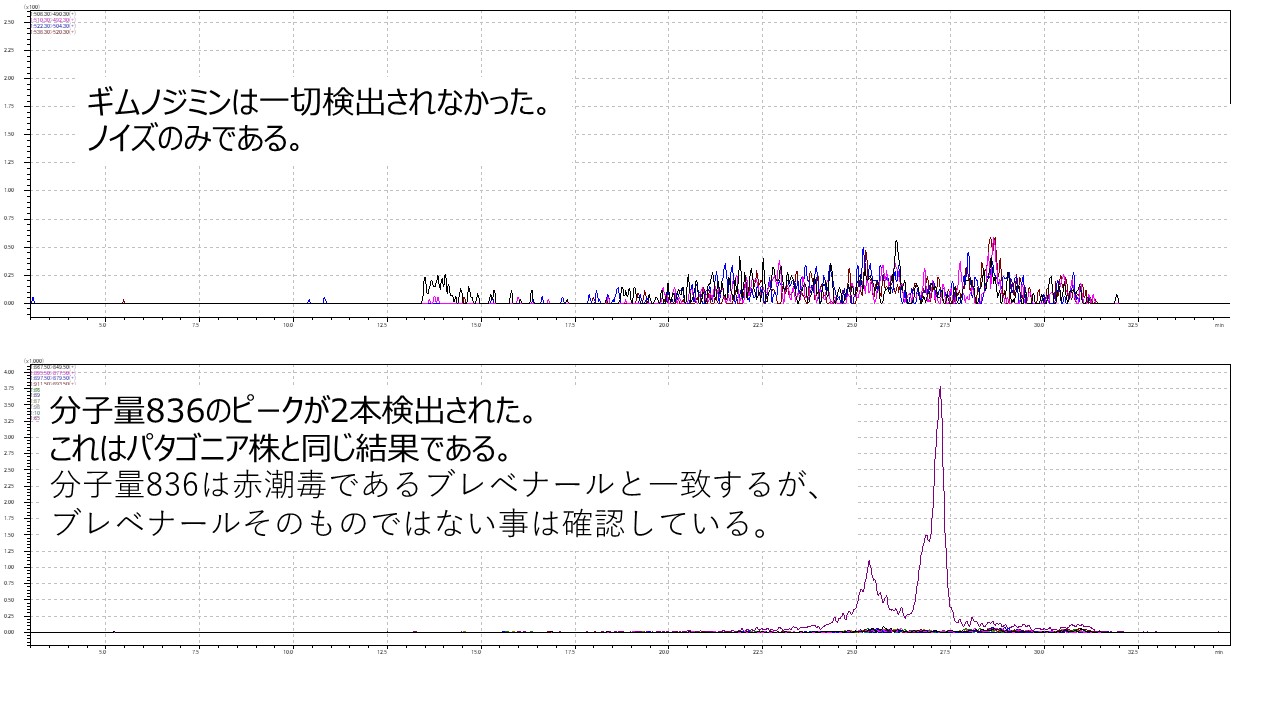Toxic substances produced by dinoflagellates that cause red tides
Garis besar topik
-
Dinoflagellates, a type of phytoplankton and that causes red tides, are known to produce a variety of unique toxic substances. These toxic substances cause many problems, including damage to the fishing industry, adverse effects on aquatic organisms, and even health hazards to humans.
On the other hand, the potent toxic substances produced by dinoflagellates are also beneficial, as they specifically affect biological functions and are used as reagents for biochemistry. The toxic substances produced by dinoflagellates, which are structurally and functionally unique, will be introduced.
The toxic components of the eastern Hokkaido strain of Karenia selliformis, a red tide dinoflagellate that caused extensive damage along the eastern Hokkaido coast last year, are still unknown, but we will update the results of our analysis.
-
-

Gymnodimine is a compound found as a toxicant in the 1995 New Zealand outbreak of Karenia selliformis. Structurally, it is classified as a spiroimino ring alkaloid, and seven related compounds with partially different structures have been reported.
Gymnodimine functions to paralyze muscles by inhibiting nicotinic acetylcholine receptors in muscles involved in neurotransmission. Compounds with similar functions are also applied to anesthesia.
Analysis of edible bivalve mollusks in New Zealand has shown that gymnodimine is detected at a high frequency. However, there are reports that toxicity is weak when gymnodimine is ingested as food, and in fact, no human health hazards have been reported in New Zealand.
No gymnodimines have been detected in K. selliformis strains from Patagonia, Chile, even though they are the same species. Also, no gymnodimines have been detected in our previous analyses of strains from eastern Hokkaido, Japan.
Seki T et al. Tetrahedron 1995; 36: 7093-7096.
Mardones JI et al. Harmful Algae 2020; 98: 101892.
Stirling DJ New Zealand Journal of Marine and Freshwater Research 2001; 35: 851-857.
57.7 KB · Diunggah 27/04/23, 09:56
-
-
The East Hokkaido strain of Karenia selliformis, which caused a red tide in East Hokkaido in the fall of 2021, has caused significant damage to a wide variety of organisms, including salmon, sea urchins, octopus, and whelks. On the other hand, bivalves and crustaceans have not been affected as much. It is not yet fully clear whether the damage is caused by toxic substances or by other factors, such as clogged gills or low dissolved oxygen. However, the pattern of affected organisms is consistent with the pattern of red tide damage caused by K. selliformis to date, and production of some toxic substance is strongly suspected.
When samples collected in Nemuro, Hokkaido in December 2021 were analyzed for the presence of gymnodimine reported in the K. selliformis New Zealand strain, none was detected. On the other hand, analysis of a compound with a molecular weight of 836 reported in the K. selliformis Patagonia strain, which is a gymnodimine non-producing form, showed two peaks, similar to those observed in previous studies. The structure of this substance is unknown, and it is also unknown if it is the main body of the toxicant, but we plan to purify it and conduct bioactivity studies to determine its structure.
-
The algae responsible for the red tide outbreak in Chilean Patagonia in 2018 and exhibits different morphology and metabolism than the New Zealand strain. It does not produce the gymnodimine found in the New Zealand strain (it is unclear if it can't, but not under culture conditions). It also shows low production of reactive oxygen. However, the damage organism species is similar to the New Zealand strain, suggesting the production of some toxin.
The LCMS analysis reportedly detected a molecule with the same molecular weight of 656 as brevenal below. This signal was also detected in our analysis of the eastern Hokkaido strain. However, the signal we detected is an isotopic peak with a molecular weight of 655, suggesting that it is derived from some nitrogen-containing compound. The compound detected in the Patagonia strain is also concluded from the MS/MS data not to be brevenal.
Note that brevenal is a compound obtained from K. brevis, also in the genus Karenia, and is one of the diverse ladder-shaped polyether compounds produced by the genus Karenia. It binds to sodium channels.



